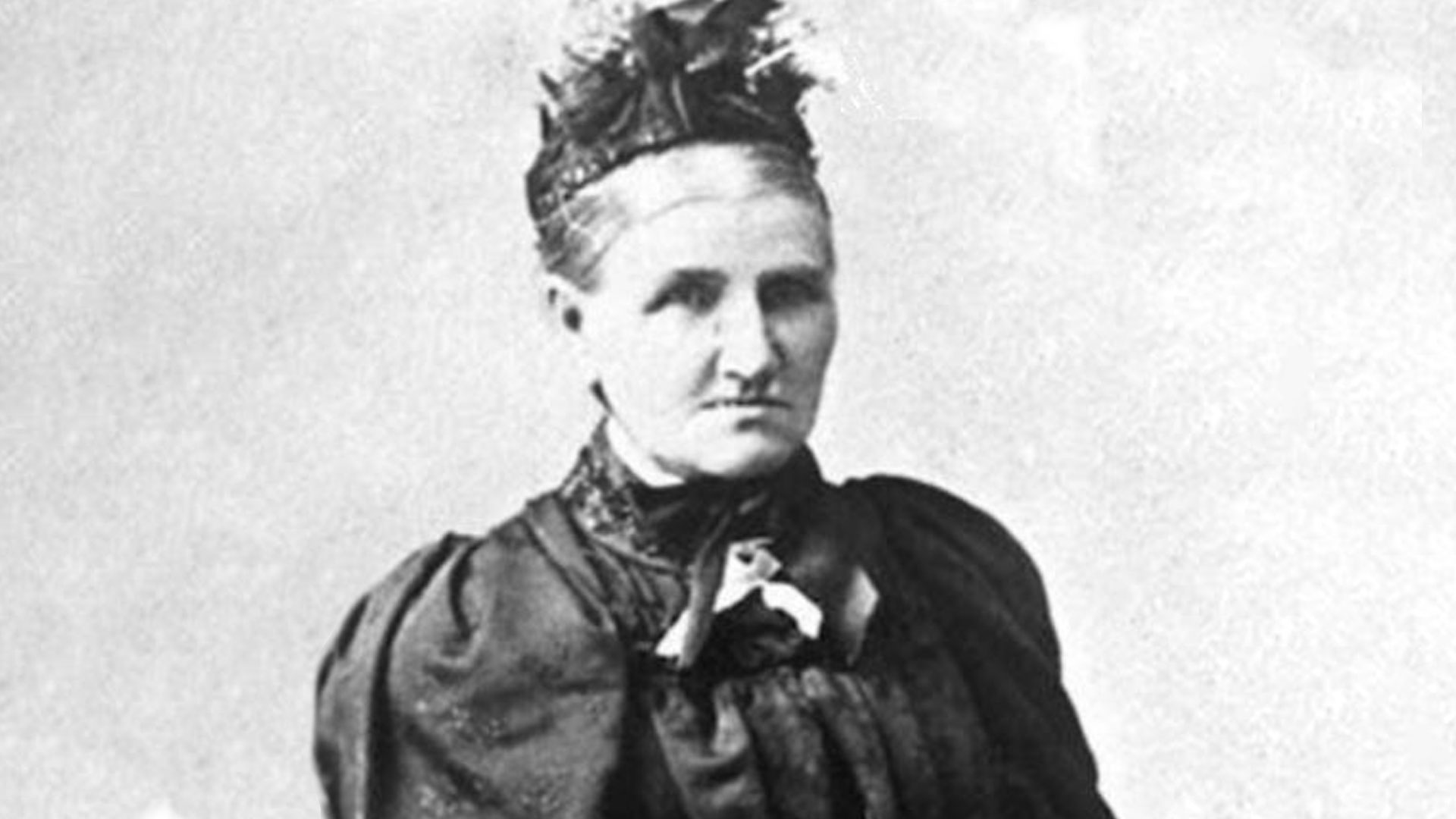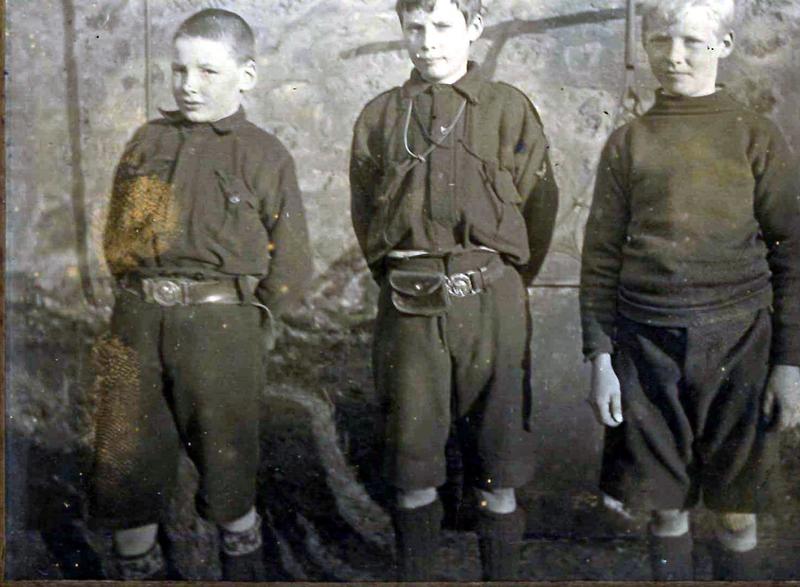What connects whisky, Japan, and munitions? Bo’ness Distillery! Find out more below…
The Layout
The lost distillery of Bo'ness was founded through a collaborative venture in 1813, by Messrs. Tod, Padon and Vannan (sometimes spelled Vannen or Vannon), “under the brow of a rocky hill, called the Pans Braes” (Barnard, 1887).
In 1885, whisky writer Alfred Barnard described the distillery as covering around four acres of ground with a "frontage to the main road and the Forth some 700 feet high" enclosing the works. Behind the imposing frontage stood several granite buildings scattered across the works due to "peculiarities of the ground" (Barnard, 1887). These buildings included grain stores, maltings, and warehouses, which in the 1880s were said to have been the "largest in the district" (Barnard, 1887). The raw materials used to produce whisky, such as grain, would have reached the distillery from a siding connected to Bo'ness harbour and the North British Railway line. According to Barnard’s account of his visit, the siding called "through all the works."
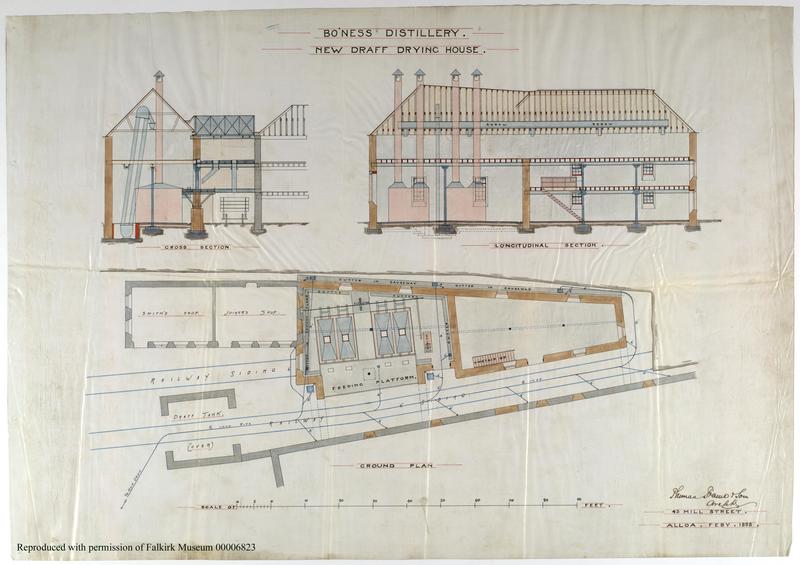

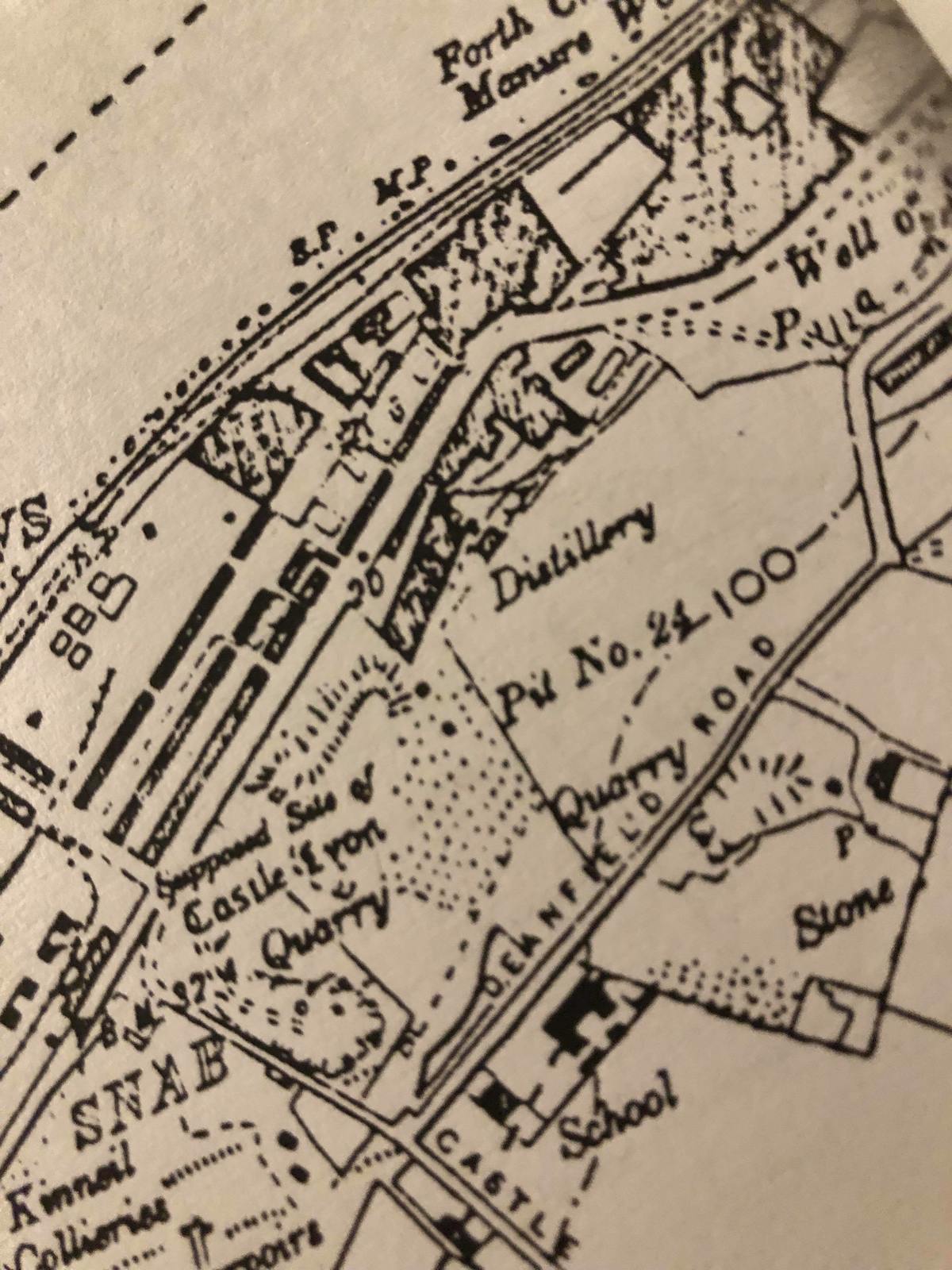

Coffey Stills
The partnership between Messrs Tod, Padon and Vannan continued until the late 1820s when Vannan took over running the distillery. In 1873, James Calder & Co acquired the distillery. Within three years of owning the distillery, Calder made significant changes. This included dismantling the distillery's pot stills (used to produce malt whisky) and installing Coffey Stills, resulting in the distillery producing grain whisky that was chiefly used for blended whisky, including Dewar's White Label.
Aeneas Coffey, an Irish former Excise Inspector, patented the Coffey still in 1830. The Coffey still allows distillers to continually distil whisky, which is both economical to operate and produces larger outputs, unlike a pot still, which distils in batches with smaller outputs. The Coffey had further advantages, including creating a spirit with a higher alcohol concentration.
Bo'ness Distillery's switch to grain distilling allowed the distillery to become one of Britain's primary yeast factories for the baking and brewing industries. Alfred Barnard noted during his visit that yeast from the distilling process was packed into conical bags weighing 7, 14 and 28 pounds and shipped off to England and Germany. Bo'ness was one of the very few distilleries in the late nineteenth-century to successfully convert to grain distilling. Scottish grain distilleries during this period were owned by the Distillers Company Limited (DCL), who held considerable influence over the industry and its regulators.
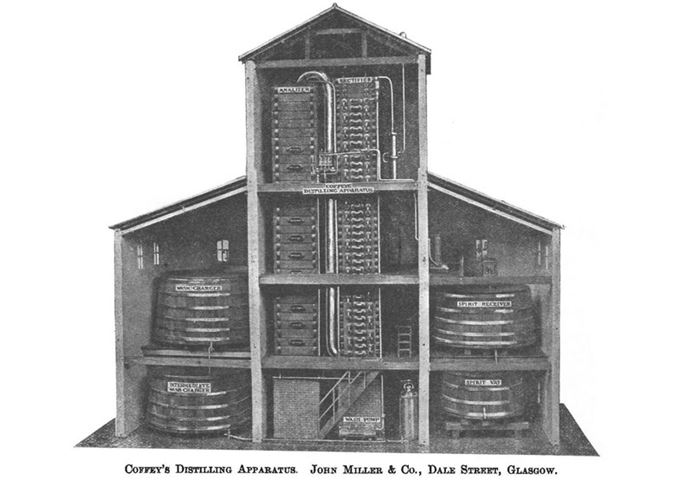

Explosives
During the First World War, Bo'ness was placed under military control as a base for a flotilla of destroyers. There was also a ban on importing and exporting all non-military goods. Unlike many other distilleries across Scotland, Bo'ness Distillery was able to continue producing whisky as "Bo'ness [was] one of the most essential works of the kind in Scotland" (Linlithgowshire Gazette, 1917). However, instead of the spirit being stored on-site, it was sent to Government munitions works for the "manufacture of high explosives" (Midlothian Advertiser, 1916).
In the early years of the Great War, continued whisky production was under threat by the Chancellor of the Exchequer at the time, David Lloyd George. Lloyd George believed the hard-drinking munitions workers were producing insufficient arms and he thought, therefore, that all distilling should cease. In the face of this, the Chairman of the DCL, William Ross, had a quiet word with Lloyd George, who swiftly changed his mind on ceasing all distilling.
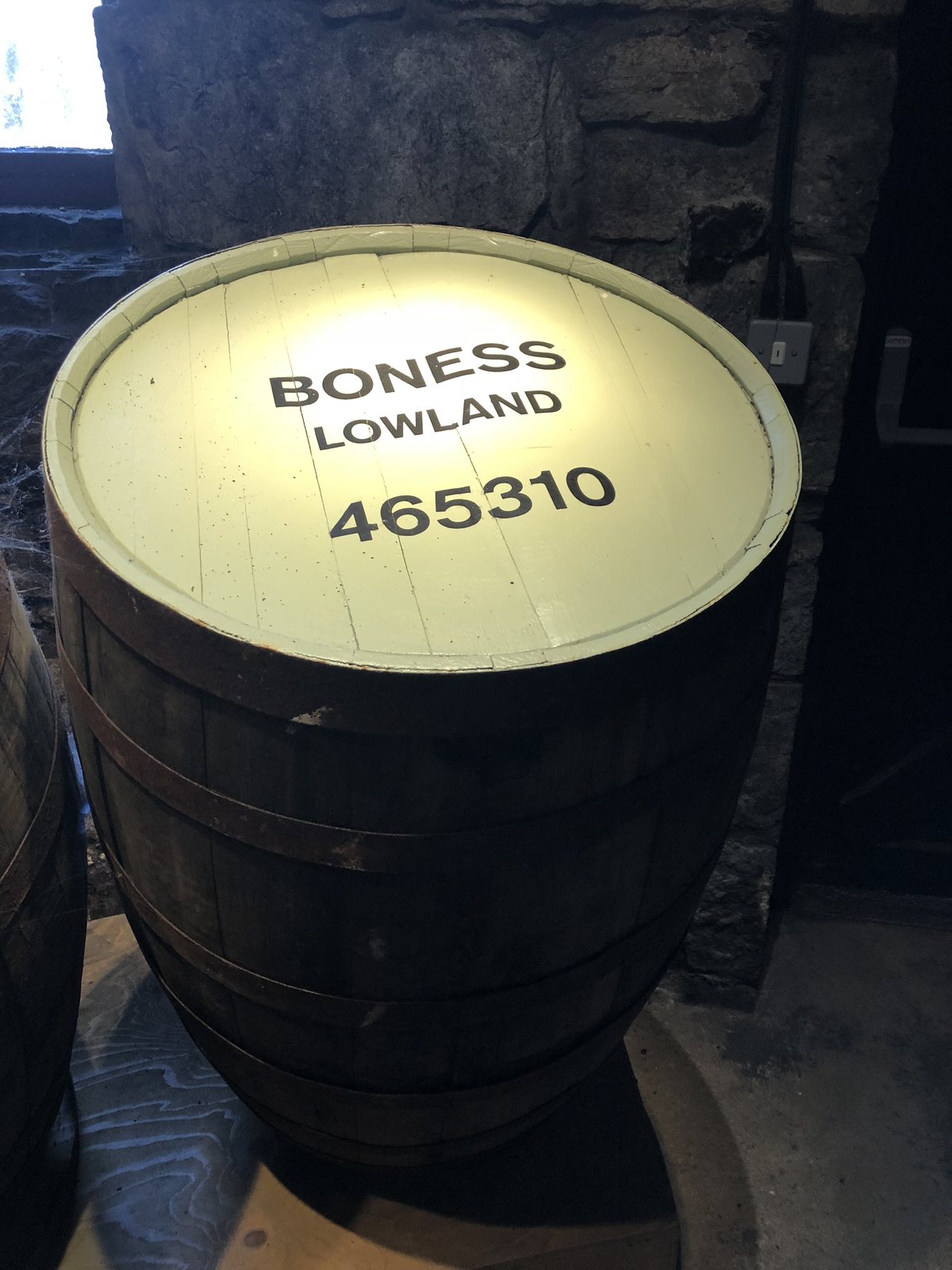

The Father of Japanese Whisky
After the war was over, Bo'ness Distillery hired its most famous apprentice, "The Father of Japanese Whisky," Masataka Taketsuru. Taketsuru travelled to Scotland in 1918 with the intention of learning the art of whisky distillation. To achieve this, Taketsuru enrolled in a chemistry course at the University of Glasgow and completed three apprenticeships at Longmorn Distillery in April 1919, Bo'ness Distillery in July 1919, and Hazelburn Distillery in 1920. During his apprenticeships, Taketsuru gained experience in malt whisky and Coffey grain production and blending. In 1920, Taketsuru returned to Japan with his new wife, Rita Cowan whom he met while lodging with her family. It was not until 1934 that Taketsuru’s plans to create authentic Japanese whisky came to fruition when he built his first distillery in Yoichi, Hokkaido. Six years later, the first Nikka whisky was released on market.
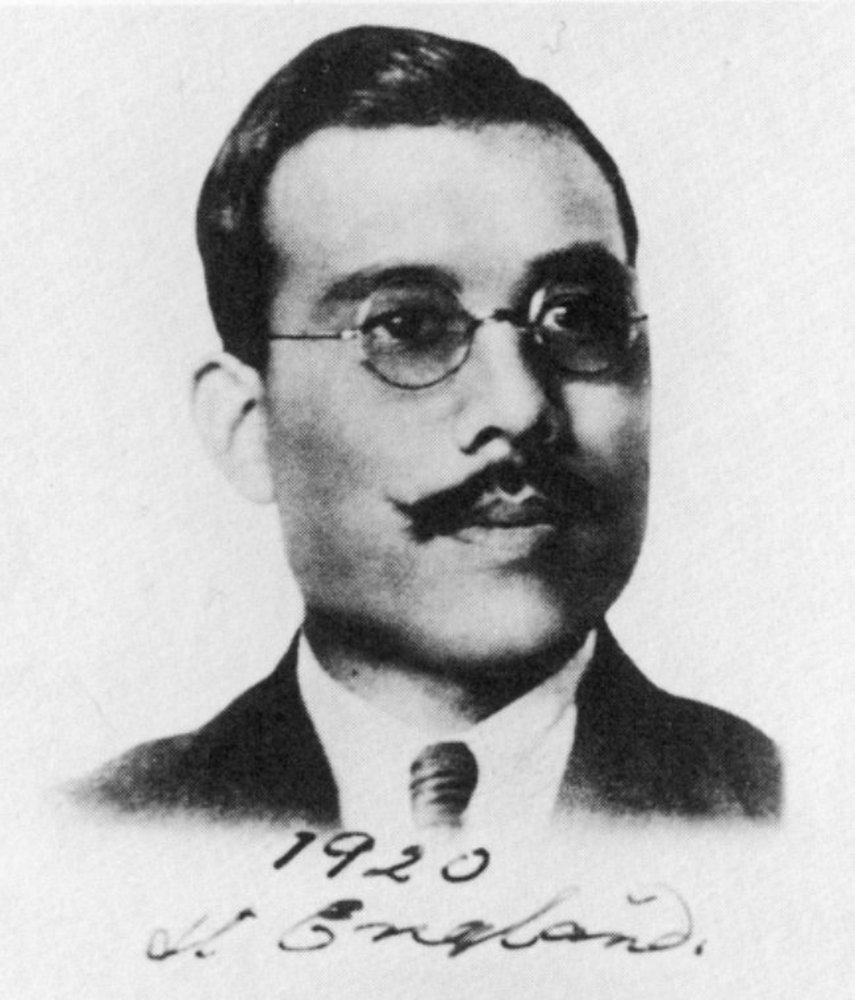

The End of an Era
In 1921, the Distillers Company Limited acquired Bo'ness Distillery and was its final owner. Upon obtaining the distillery, the DCL made several cost-cutting measures, including reducing the number of whisky staff and output. On the 27th October 1922, all whisky production stopped as a temporary measure with the loss of at least "180 jobs" (Scotsman, 1917). The DCL claimed the cuts were a response to “poor demand for the spirit" (Scotsman, 1917). However, 60 workers at the distillery were kept on as malting and maturing operations continued. Several construction jobs were available for the workers as the distillery had reopening prospects once the market had recovered.
Bo'ness Distillery never produced another drop of whisky after 1922 as DCL chose not to restart distilling at the site. However, in late 1935, DCL made plans to reopen the malt barns for the preparation of malt for the “manufacture of spirit and malt extract” (Linlithgowshire Gazette, 1935). Prior to the reopening of the malt barns, DCL was in the process of demolishing the old distillery buildings as they were “deemed to be a public danger on account of long disuse” (Linlithgowshire Gazette, 1935). The malt prepared at the old distillery site was sent to other distilleries owned by the DCL.
By Lorna Keddie, Great Place volunteer.
